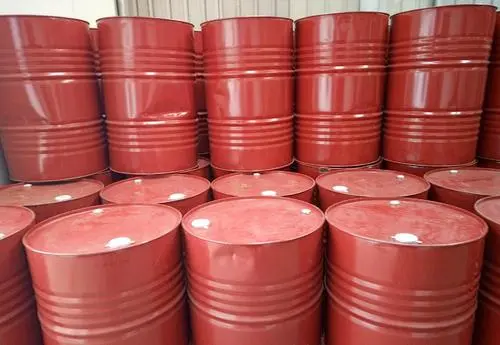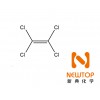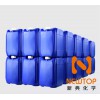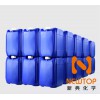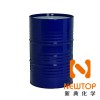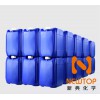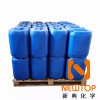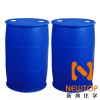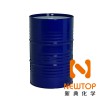Our company faces the country for a long period of time and recycles various overstocked chemical raw materials, chemical additives, dyes, pigments, resins, paints, inks, rubber, paraffin, flavors, curing agents, emulsifiers, polyvinyl alcohol printing paint colors. Pulp, polyether polyol, isocyanate, MDI, TDI, leather additives, plastic additives and raw materials, rubber additives and raw materials, coating additives and raw materials, electroplating additives and raw materials, daily chemical raw materials, thermoplastic elastomers, Masterbatch.
The solubility of modified PVA varies with the degree of alcoholysis and degree of polymerization. PVA with partial alcoholysis and low polymerization degree dissolves extremely fast, while PVA with intact alcoholysis and high polymerization degree dissolves slowly. As a general rule, the effect on the solubility of PVA is that the degree of alcoholysis is greater than the degree of polymerization. PVA dissolution is stopped in stages, namely: affinity-swelling-infinite swelling-dissolution. Film-forming PVA is easy to form a film. The mechanical properties of the film and the tensile strength of the film increase with the degree of polymerization and alcoholysis to enhance the adhesion. PVA has good adhesion to hydrophilic cellulose. Under normal circumstances, the higher the degree of polymerization and alcoholysis, the stronger the bonding strength.
Recovery of copolyformaldehyde, paraformaldehyde, surfactants, sodium alginate, organic bentonite, petrolatum, sodium lauryl sulfate, cellulose, vanillin, menthol, urotropine, melamine, disodium EDTA, four Sodium, whey protein, lanolin, polyvinylpyrrolidone, myristic acid, sebacic acid, trimethylolpropane, powder, fumed white carbon black, oleic acid amide, erucic acid amide, polyacrylamide, acrylamide, Caprolactam, maleic anhydride, phthalic anhydride, hydroquinone, resorcinol, catechol, trimellitic anhydride, succinic anhydride, pentaerythritol, neopentyl glycol, polyethylene glycol, photoinitiator, methyl paraben Ester propyl butyl ester, decabromodiphenyl ethane
Bog gum is also called Bog gum, which is derived from the exudate of the trunk of the Acacia genus of the leguminous family, so it is also called Acacia gum. The main components of primary gum are macromolecular polysaccharides and their calcium, magnesium and potassium salts. It mainly includes aldose, galactose, and glucuronic acid. The good-quality raw gum is amber in color, and the particles are large and round. It is mainly produced in Africa. At present, there are also powdered primary gums that have been refined, which is more convenient to use. Process features: 1. No solvent is added, propylene monomer is polymerized in liquid phase in a tank reactor in liquid phase, and propylene is copolymerized in a fluidized bed reactor; 2. The process is simple, less equipment, and low investment. The power consumption and production cost are low; 3 the homopolymerization adopts the Hypol process in the tank stirred reactor, or the Spheripol process in the loop reactor, and both the random copolymerization and the block copolymerization are carried out in a stirred fluidized bed. [10]
Recovery of sodium benzoate, thiourea, hot melt adhesive, guar gum, xanthan gum, carrageenan, pectin, malic acid, bisphenol A, caustic soda, Ping Ping O, styrene acrylic emulsion, acrylic acid Emulsion, tannic acid, H acid, coconut oil lauric acid soap, lauric acid, fumaric acid, salicylic acid, tartaric acid, mannitol, citric acid, xylitol, stearyl alcohol, fatty alcohol, adipic acid , Stearic acid, fatty acid, oxalic acid, boric acid, Tween Span, leveling agent, defoaming agent, dispersing wetting agent, etc. Door-to-door cash transaction, unlimited quantity, intermediary paid, welcome friends from all walks of life to call

5 As far as the surface tension capacity and efficiency of the aqueous solution are concerned, the combination of Gemini and ordinary surfactants, especially non-ionic surfactants, can produce greater synergistic effects. The performance and function of petroleum resin in different industries:
The company recycles thousands of chemical products. Our company promises to recycle them quickly, at a reasonable price, and with professional, safe and environmentally friendly methods. Welcome your calls and sincerely look forward to cooperating with you!

